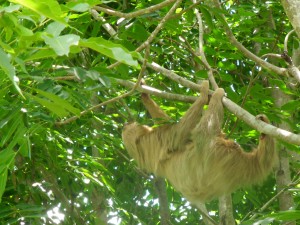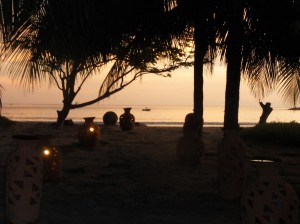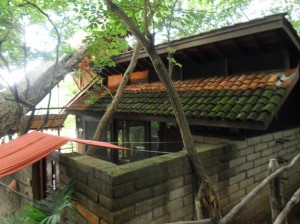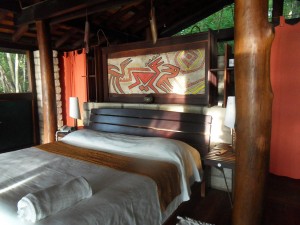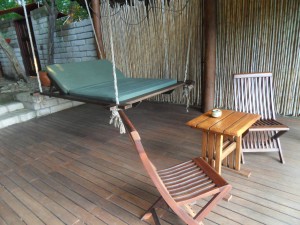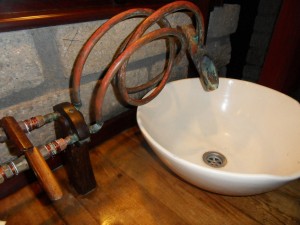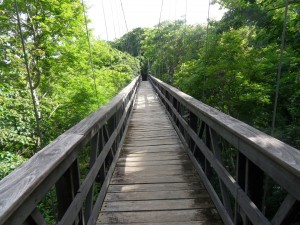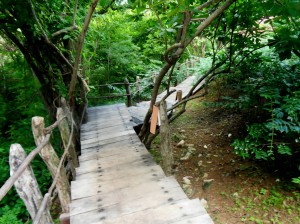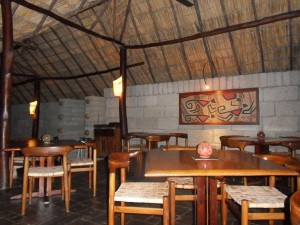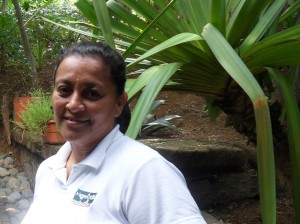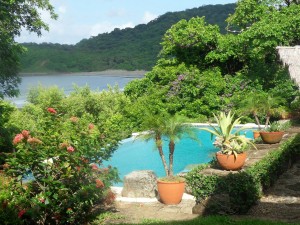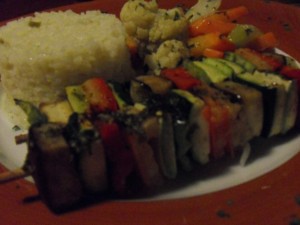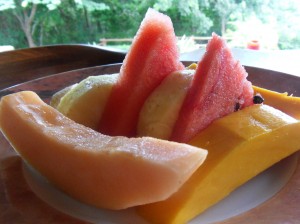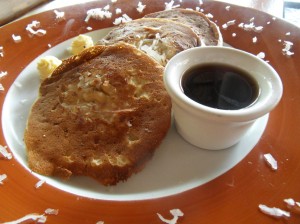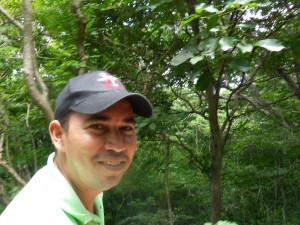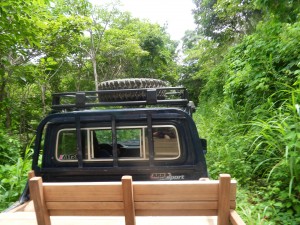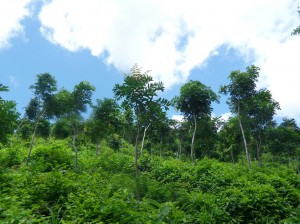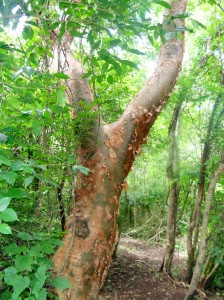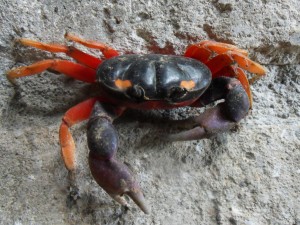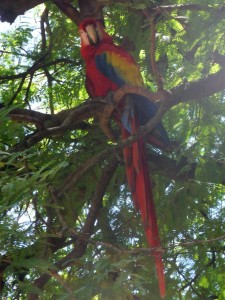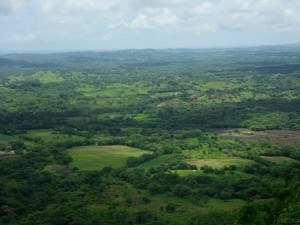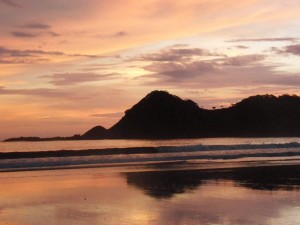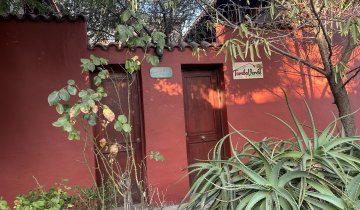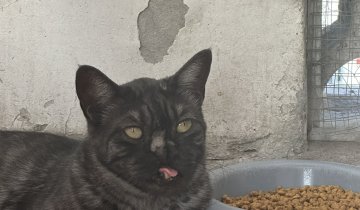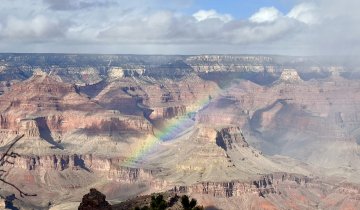I realized a lifelong dream while staying at Morgan’s Rock ecolodge in southwest Nicaragua: seeing a sloth in the wild. That alone would have been enough to make my stay worthwhile. But there was so much more worth seeing and doing there.
A French family by the name of Ponçon are behind the ecolodge. The Ponçons have many ties in Nicaragua, including owning coffee plantations in the Matagalpa region. Back in 2001, they began investigating tourism uses for some of the land they owned. Advisors suggested a golf course. But the Ponçons were more interested in ecotourism. Dedicated to reforestation and preserving nature, they’ve spent the last decade planting more than 1.5 million hardwood and fruit trees on 1,000 hectares of land around Morgan’s Rock. Eight hundred of those hectares are a nature reserve located adjacent to the ecolodge property. This terrain – called the dry forest, as opposed to the rainforest, because rain only falls six months a year – hosts white-tipped deer, howler monkeys, native birds and my beloved sloths. The beach provides nesting ground for sea turtles.
Guests at Morgan’s Rock are free to hike on trails through the dry forest or to wander on the private beach. I happened to be at Morgan’s Rock during a slow time with very few guests. It must have been the most private beach I ever visited. My first night I walked down the many paths and stairs from my remote bungalow to catch the sunset on the beach. I saw no one on my way down, but once I emerged onto the sand, lit chimineas on either side of the path glowed. I had my choice of sand, beach chairs or hammocks as the sun slipped down and darkness quickly fell. It felt both magical and pristinely solitary.
I’m a very project-oriented person. I’m always coming up with a scheme, jotting down notes, reading everything. Sitting quietly usually holds little appeal. But I kept finding myself at Morgan’s Rock just sitting in beautiful places, not wishing for anything to read or do. I sat like that on the beach at sunset. When it got too dark, I sat by the pool and watched the fireflies flare and disappear in the jungle darkness. I could hear waves from the beach below and soft old-timey jazz and Latin music playing from the bar. Once I’d covered myself with enough DEET – jungles are seriously buggy – it was hard to imagine anything more pleasant than sitting in the warm breeze, taking in the sounds and sights.
The construction of Morgan’s Rock is amazing. Spacious, individual bungalows dot the property, with plenty of room between them. Designed by English architect Matthew Falkiner, they’re meant to let in the jungle while maximizing comfort. To accomplish this, Falkiner used as much screen and as few solid walls as possible. The only mostly solid wall was in the bath area. An outer wall encompasses the bungalow and its courtyard to provide some privacy. But I still felt very much on display to any interested parties when I had the lights on in my bungalow and the night was completely dark outside. Fortunately, the only interested parties were probably monkeys.
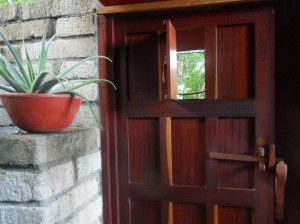
This little door within a door is for coffee. Every morning a thermos of fresh Nicaraguan coffee is delivered to your room!
Guests eat their meals at La Bastide restaurant. Much of the ecolodge’s food is raised just down the road at the Ponçons’ farm. Breakfast, lunch, dinner and between meal snacks are available to guests. Morgan’s Rock caters to many vegetarians, chef Socorro Martinez told me. Indeed, both lunch and dinner menus featured at least four vegetarian entrees, plus appetizers and salads. Martinez and most of the staff live on the Ponçons’ property. The ecolodge is fairly remote, especially for people without cars.
My favorite meal there was a veg-heavy dinner of vegetable skewers with a side of vegetables, served with rice. Unlike the veg shish kebabs I’m used to, which have maybe ten big chunks of vegetables to fill up the skewer, these veggies were cut into small, thin squares. Each of my skewers must have had more than 20 pieces of vegetable. The accompanying cauliflower and carrots tasted a bit sweet, almost cinnamony, although the server assured me the sauce was simply butter and white wine.
Breakfast was also a veg joy, with a huge fruit platter of fresh local fruits and tropical pancakes made with coconut and cashews.
Since Morgan’s Rock is remote, the ecolodge employs a tour director to help people decide what to do with their time. Bismar Lopez was an excellent help to me. I told him my interests – seeing animals and learning more about the property – and he said he’d take me on a tour in one of the ecolodge’s four-wheel drive trucks. When? As soon as I was ready. I had originally planned on hiking, but he said we’d see more animals if we covered more ground. I went back to my bungalow to change – pants and closed-toe shoes are better than a sundress and flip flops for any jungle excursion – and he summoned the driver.
It was quite the personalized tour, with just Bismar and me sitting on a bench in the back of the truck. His English is exceptionally good and he’s very personable. He grew up on a farm outside San Juan del Sur. Later he worked as a deep sea fisherman. When the job came up at Morgan’s Rock ecolodge – for someone who could lead tours in English, take guests fishing and horseback riding – he was uniquely qualified. And he’s good at spotting animals.
The truck is quite bouncy and open to the sun. Wear your hat and sunscreen, and hold on.
Morgan’s Rock is named for Alabama senator John Tyler Morgan (1824-1907), who was a well known champion of building a Nicaragua Canal, rather than the Panama Canal. In fact, Bismar told me about another role Nicaragua played in international transportation. Some gold-crazed folks during the 1840s California Gold Rush took a sea route from America’s east coast. Their ships approached Nicaragua from the Caribbean side, followed rivers up to the huge Lake Nicaragua, crossed the lake, then went overland the short distance to the Pacific. This is the same route that was proposed as an alternative to the Panama Canal, and is today being developed by China. Which won’t have the best environmental effects on Nicaragua. And perhaps not the best economic effects, either, since most of the money will probably go back to China.
I’m hoping that if China does manage to develop a Nicaragua canal, it won’t ruin the ecosystem the Ponçon family has done so much to nurture. But if you do get the chance to visit Morgan’s Rock ecolodge, go sooner rather than later. Relax. Watch a sunset from your hanging bed. Listen to the steady splash of waves. And as you stroll through the walkways, watch the trees for that icon of relaxation, the gentle sloth.
